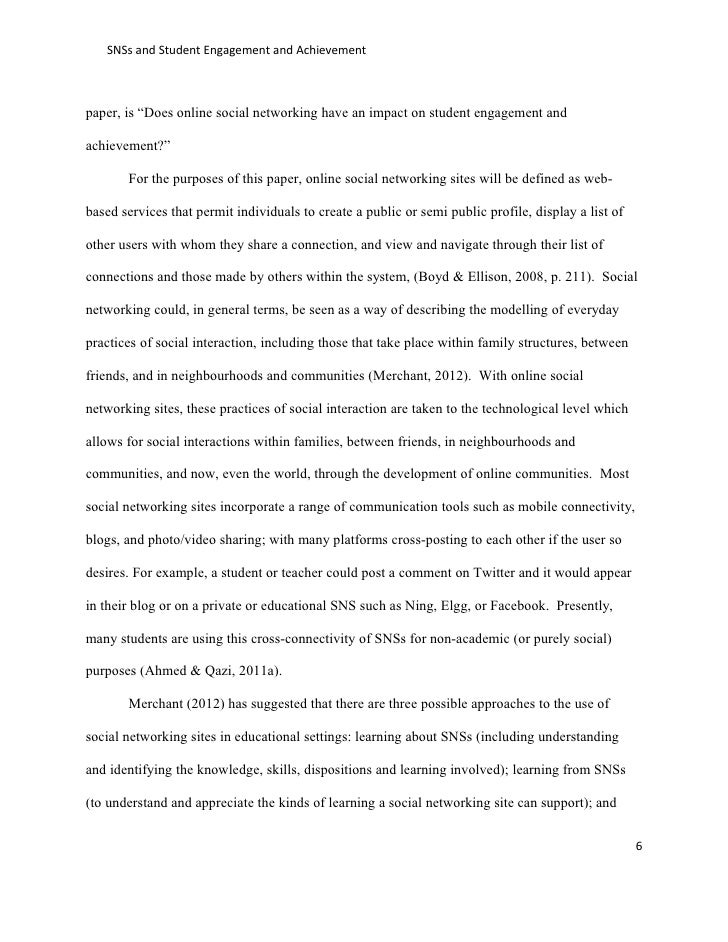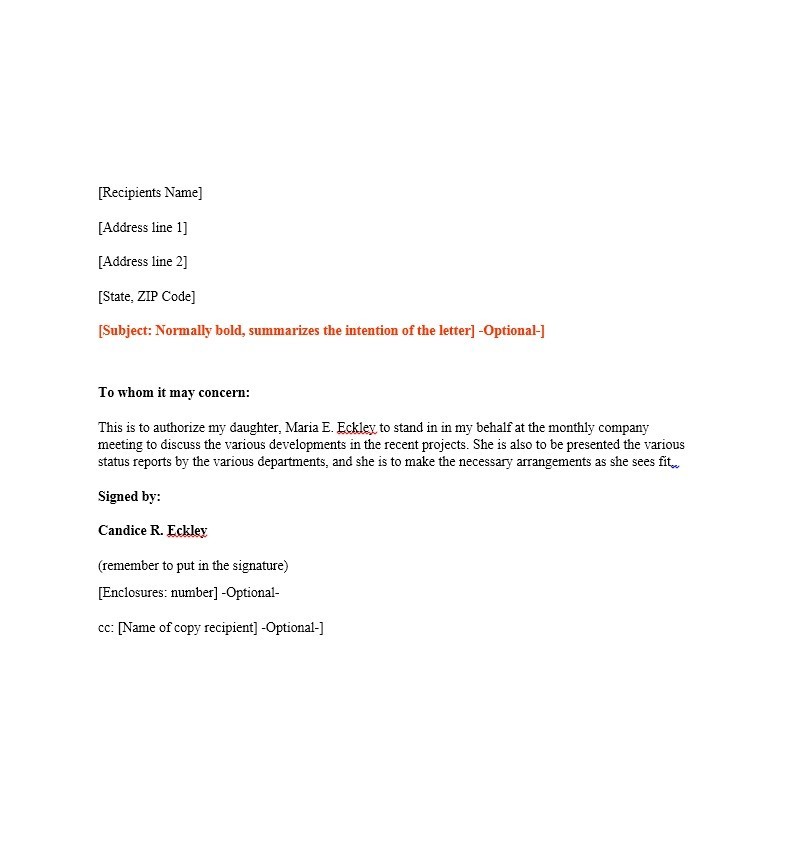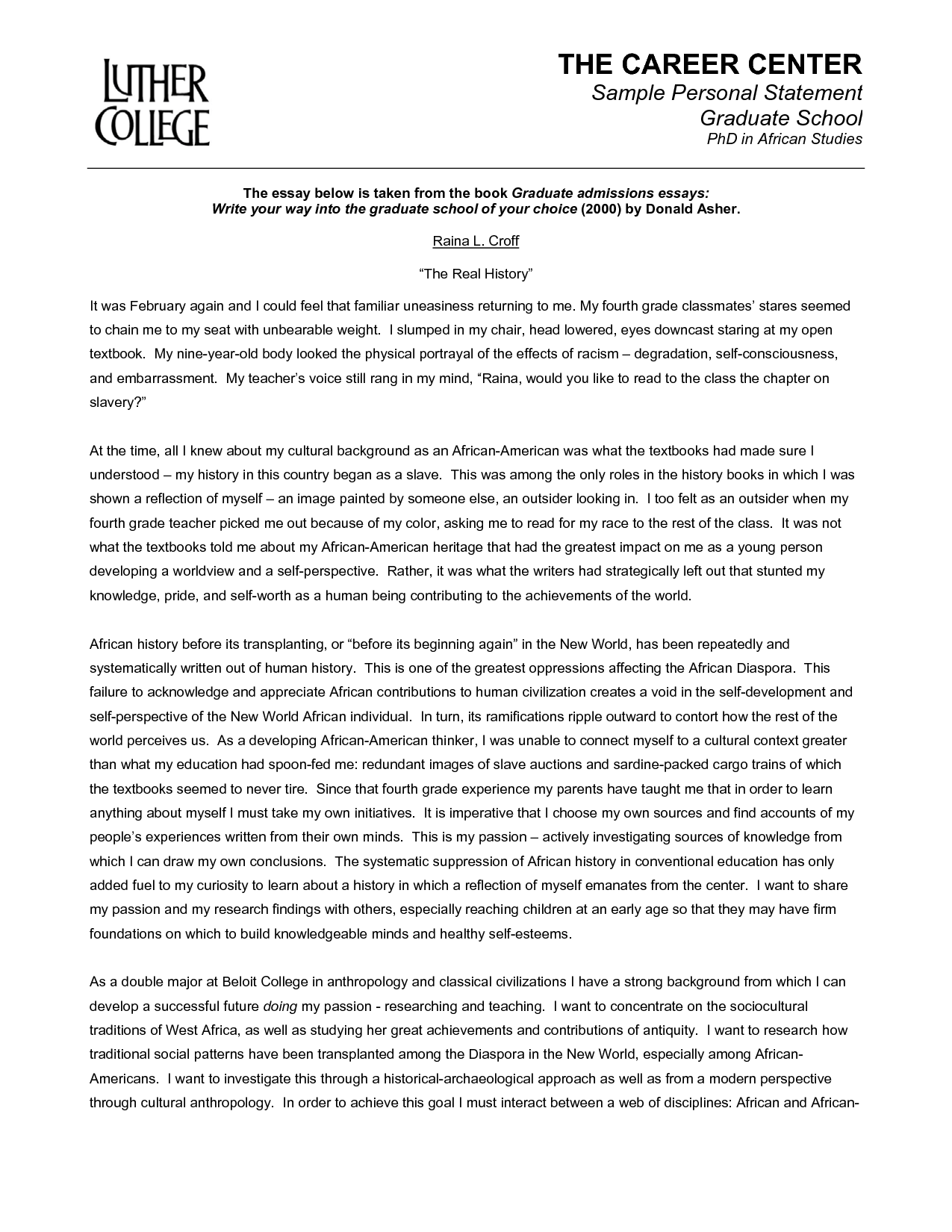Classical Notes - Classical Classics - Beethoven's Piano.
The Piano Sonata No. 32 in C minor, Op. 111, is the last of Ludwig van Beethoven 's piano sonatas. Along with Beethoven's 33 Variations on a waltz by Anton Diabelli, op. 120 (1823) and his two collections of bagatelles — Opus 119 (1822) and Opus 126 (1824), this was one of Beethoven's last compositions for piano.The Piano Sonata No. 32 in C minor, Op. 111, is the last of Ludwig van Beethoven 's piano sonatas. Along with Beethoven's 33 Variations on a waltz by Anton Diabelli, Op. 120 (1823) and his two collections of bagatelles — Op. 119 (1822) and Op. 126 (1823)—this was one of Beethoven's last compositions for piano.An Essay on Ludwig van Beethoven’s Moonlight Sonata (First Movement) Where does one begin, when describing the legendary sound of the first movement of Beethoven’s Moonlight Sonata, Piano Sonata No. 14, or Sonata quasi una fantasia.
Beethoven Piano Sonata Analysis; Ludwig Van Beethoven: An Impact On Music; Beethoven Symphony Musical Analysis; An Analysis of Beethoven Pathetique Sonata; Comparison Of Handel's Hornpipe From Water Music Ensemble; Why I Am A Doctor Essay; Summary Of ' Beethoven 's ' The Little Pathetique ' The Spoken Language Between Two Culturally Dissimilar.The Form and Tonal Structure of Beethoven’s Piano Sonata No. 8 in C minor, Op. 13, II. “Adagio cantabile” March 19, 2013 Form and Analysis Many consider Ludwig Von Beethoven’s Piano Sonata No. 8 in C minor, Op. 13 as his first major musical accomplishment, more commonly known as Sonata Pathetique.

Beethoven Piano Sonatas, compositions by Ludwig van Beethoven. Although he was far from the first great composer to write multi-movement compositions for solo piano, he was, nonetheless, the first to show how much power and variety of expression could be drawn forth from this single instrument.. Piano Sonata No. 32 in C Minor, Op. 111 (1823.












